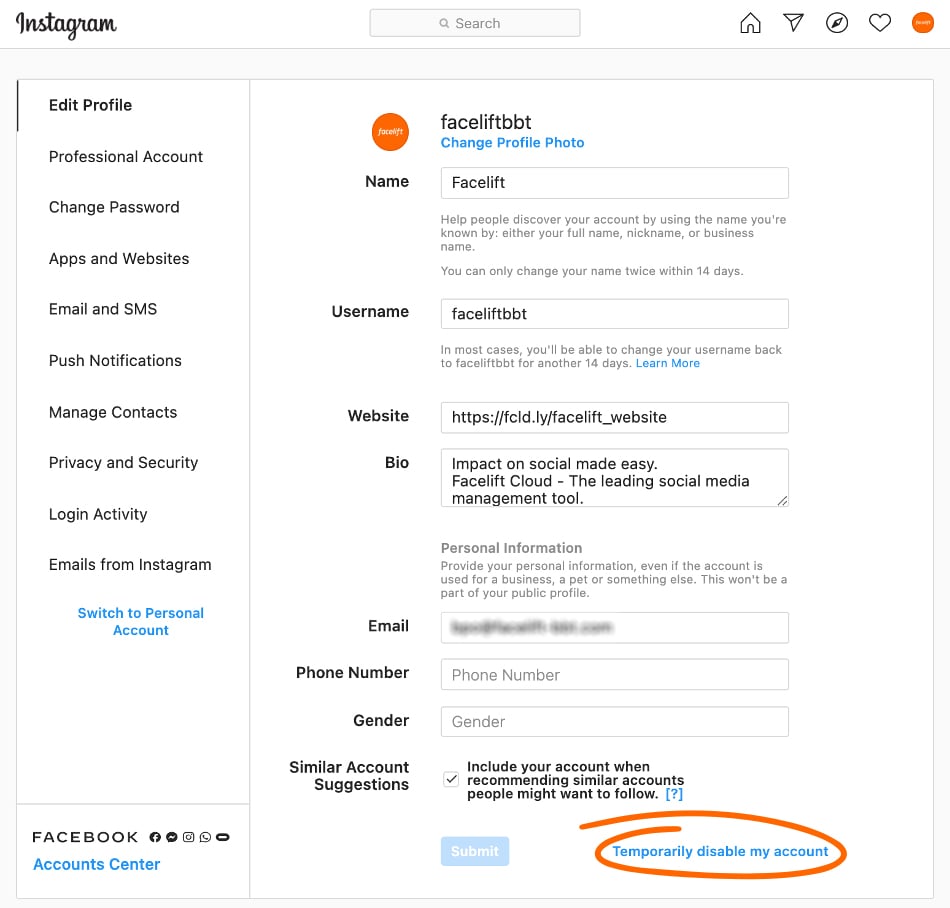Effective Ways to Fix a Dripping Faucet in 2025

Essential Steps to Fixing a Dripping Faucet in 2025
Dealing with a dripping faucet is not just an annoyance; it's a waste of water and can potentially lead to higher water bills. Understanding how to fix faucet leaks can empower homeowners to tackle DIY plumbing projects effectively. In this guide, we’ll delve into the effective ways to resolve common faucet issues and empower you with practical tools and tips for a successful repair.
The benefits of fixing a dripping faucet go beyond saving water—there's also the added satisfaction of completing a home repair task on your own. We’ll walk through the identification of faucet types, necessary tools, and step-by-step instructions for different repair techniques. By the end of this article, you’ll have the knowledge to not only fix your faucet but also maintain it for the long haul.
Let’s explore the methods and tools that will help you stop that incessant dripping in no time.
Identifying Common Faucet Problems and Solutions
Understanding Faucet Leak Types
Faucets can leak due to various issues, including worn washers and corroded parts. It’s essential to pinpoint the root cause of the leak. There are several common faucet leak types: compression, cartridge, ball, and ceramic disk faucets, each with specific problems. Knowing the type of faucet you have will guide the repair process.
Signs That Indicate a Faucet Leak
Be on the lookout for signs of faucet leaks such as water stains under the sink, an unexplained increase in your water bill, or a persistent dripping sound. These indicators suggest that water is escaping from your plumbing system. Finding these signs early can prevent more serious plumbing issues down the line.
Tools Required for Fixing Faucets
Before embarking on your faucet repair journey, ensure you have the necessary tools on hand. Essential plumber tools include wrenches, screwdrivers, adjustable pliers, and possibly a faucet repair kit. Having these tools will streamline the repair process and set you up for success.
Faucet Parts Identification
Identifying the parts of your faucet is crucial for any repair work. Familiarize yourself with components like the faucet handle, cartridge, valve, and washers. Consult a faucet parts diagram to understand how these components fit together, which will ultimately make disassembly and reassembly much simpler.
Step-By-Step Guide to Dripping Faucet Repair
How to Turn Off the Water Supply
Before starting any repairs, locate the water shut-off valve under your sink to stop the flow of water. If you cannot find it, consider checking the main water supply. Knowing how to turn off the water supply is vital for avoiding messy leaks during your repair.
Removing the Faucet Handle
Once the water is off, the next step is to remove the faucet handle. Most handles will require loosening a screw; some might have decorative caps that you need to pry off first. Make sure to keep the screws in a safe place to avoid losing them during the repair process.
Inspecting and Replacing Faucet Washers
Worn washers are a common cause of faucet leaks. To fix this, remove the old washer and replace it with a new one that matches in size. This simple fix can often solve the problem of a dripping faucet. Understanding the importance of seals helps maintain a watertight connection.
Faucet Cartridge Replacement
If replacing the washer does not solve the leak, you may need to consider a faucet cartridge replacement. This process involves removing the cartridge entirely and substituting it with a new one. Follow the manufacturer's guidelines for proper installation to ensure a leak-free fit.
Maintaining Your Faucet to Prevent Future Drips
Faucet Maintenance Tips for Longevity
Regular maintenance can prevent leaks from developing again. Clean and inspect your faucet periodically, checking for any signs of wear. Identifying leaks early means you can take preventive measures, thereby extending the lifespan of your fixtures.
Seasonal Plumbing Maintenance
Consider adopting a seasonal plumbing maintenance schedule to address potential faucet issues. Inspecting faucets during home maintenance seasons—spring and fall—can ensure that dishwasher hoses, washing machine faucets, and other plumbing components remain in good condition.
Water-Saving Fixtures and Their Benefits
Investing in water-saving fixtures not only helps in preventing future drips but also saves you money on water bills. Look for faucets designed to conserve water, incorporating features that enhance water efficiency without sacrificing performance.
Common Challenges in Faucet Repairs and Solutions
Faucet Leak Troubleshooting Guide
If your faucet continues to leak after replacing washers or cartridges, consider performing an in-depth leak detection. There may be a deeper issue at hand, such as a faulty valve or connection flaw. Utilizing household plumbing tips and DIY troubleshooting techniques can lead you to resolve the leak.
When to Call a Professional Plumber
While many faucet repairs are straightforward, some plumbing issues may require professional expertise. If your efforts yield no results or if you encounter complex plumbing problems, do not hesitate to call in a professional. Understanding when to seek help can save you time and effort in the long run.
Understanding Faucet Mechanisms
Gaining an understanding of how faucets work can greatly enhance your ability to fix them. Learn about the inner mechanics of your faucet type and what components are prone to wear. This knowledge ensures that your repairs are done correctly, preventing future issues.
Conclusion: Mastering Faucet Repair Skills
Fixing a dripping faucet may seem daunting initially, but with the right tools and knowledge, it becomes an achievable task. Embrace the idea of DIY faucet repair; not only will you save money, but you’ll also enhance your plumbing skills significantly. Remember to consult faucet repair manuals for guidance and consider visiting local faucet hardware stores for quality replacement parts.
Addressing faucet leaks promptly will not only improve your home's water efficiency but also contribute to long-term savings. With continuous maintenance and occasional professional inspections, your plumbing systems can function optimally for years to come.

